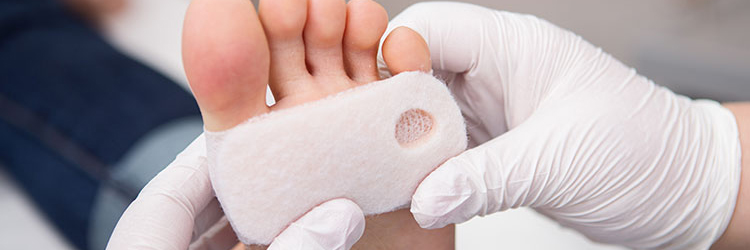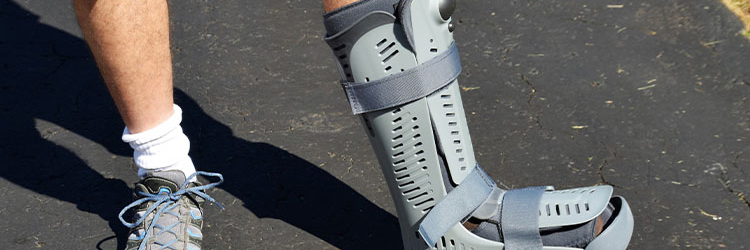How do I know if I have Achilles Tendon Rupture?
An Achilles tendon rupture typically causes a sudden and intense pain in the back of the ankle or calf, which may feel like a pop or snap. Many Achilles Tendon Rupture occurring when playing sports such as basketball. Other symptoms may include:
- Swelling and tenderness in the affected area
- Difficulty walking or standing on the affected leg
- Stiffness and limited range of motion in the ankle
- A gap or indentation at the back of the ankle where the tendon has ruptured
- A feeling of weakness or instability in the ankle or foot
If you suspect that you have ruptured your Achilles tendon, it is important to seek immediate medical attention to avoid having permanent damage to the tendon thereby affecting you pattern of gait.
Make an appointment at PS Foot and Ankle to evaluate your Achilles Tendon injury, we can discuss the nature of the injury, clinically evaluate and seek further imaging such as MRI if necessary to assess the nature of your injury and customize a treatment plan accordingly.
What are conservative treatments for Achilles Tendon Rupture?
Typically surgery is often the recommended treatment for a ruptured Achilles tendon to prevent re-rupturing. Conservative treatment often leads to re-rupture however in certain geriatric populations this route may be more appropriate. Conservative treatment for Achilles tendon rupture typically involves non-surgical interventions to promote healing and restore function. Some conservative treatment options for Achilles tendon rupture include:
- Rest, Ice, Compression, and Elevation (RICE): This involves resting the affected leg, applying ice to reduce swelling, wrapping the leg with a compression bandage, and elevating the leg above heart level to promote blood flow and reduce inflammation.
- Immobilization: Immobilizing the ankle for 6-8 weeks in a plantarflexed position can help achieve tendon end apposition and allow it to heal in a reduced stress position.
- Physical Therapy: After a period of immobilization a physical therapist can guide you through exercises that help to strengthen the muscles and improve range of motion in the ankle and foot.
- Non-Steroidal Anti-Inflammatory Drugs (NSAIDs): Over-the-counter NSAIDs like ibuprofen or naproxen can also help to relieve pain and reduce inflammation.
It is important to note that conservative treatment may not be appropriate for all cases of Achilles tendon rupture. Age, ambulatory status and associated medical comorbidities often dictate the type of treatment route. As the largest tendon in the body it is imperative to attempt to restore it’s full power.
What are surgical options for Achilles Tendon Rupture?
Surgical treatment options for Achilles tendon rupture may include:
- Open surgery: In this procedure, the surgeon makes an incision in the skin above the damaged area of the tendon and then stitches the two ends of the tendon back together.
- Percutaneous surgery: This minimally invasive procedure involves making several small incisions in the skin and using specialized instruments to repair the torn tendon.
After surgery, patients may need to wear a cast or walking boot for several weeks to protect the healing tendon. Physical therapy is also usually required to help restore strength and flexibility to the ankle and foot.
Make an appointment at PS Foot and Ankle to evaluate your Achilles Tendon injury, we can discuss the nature of the injury, clinically evaluate and seek further imaging such as MRI if necessary to assess the nature of your injury and customize a treatment plan accordingly. Our doctors are well trained to repair Achilles Tendon injuries.






